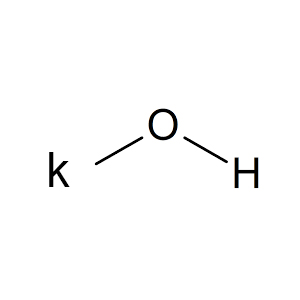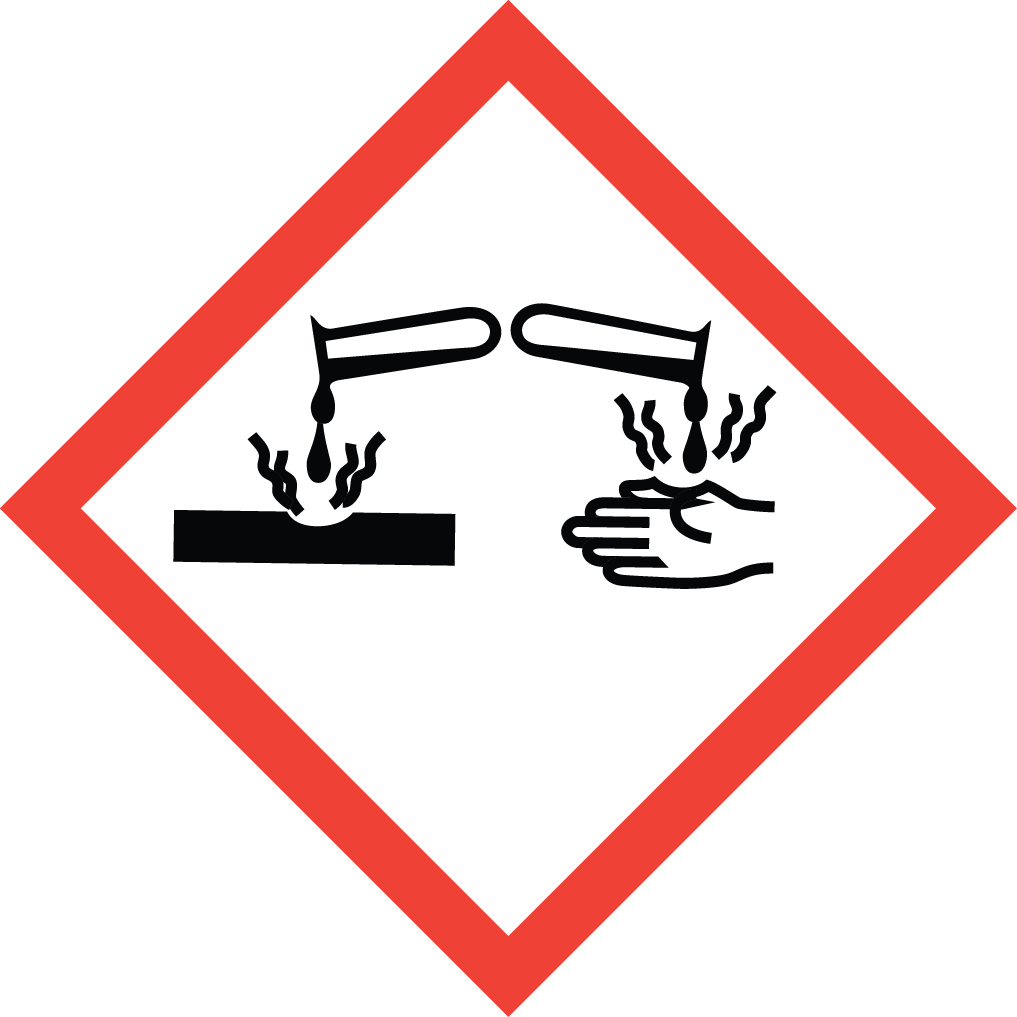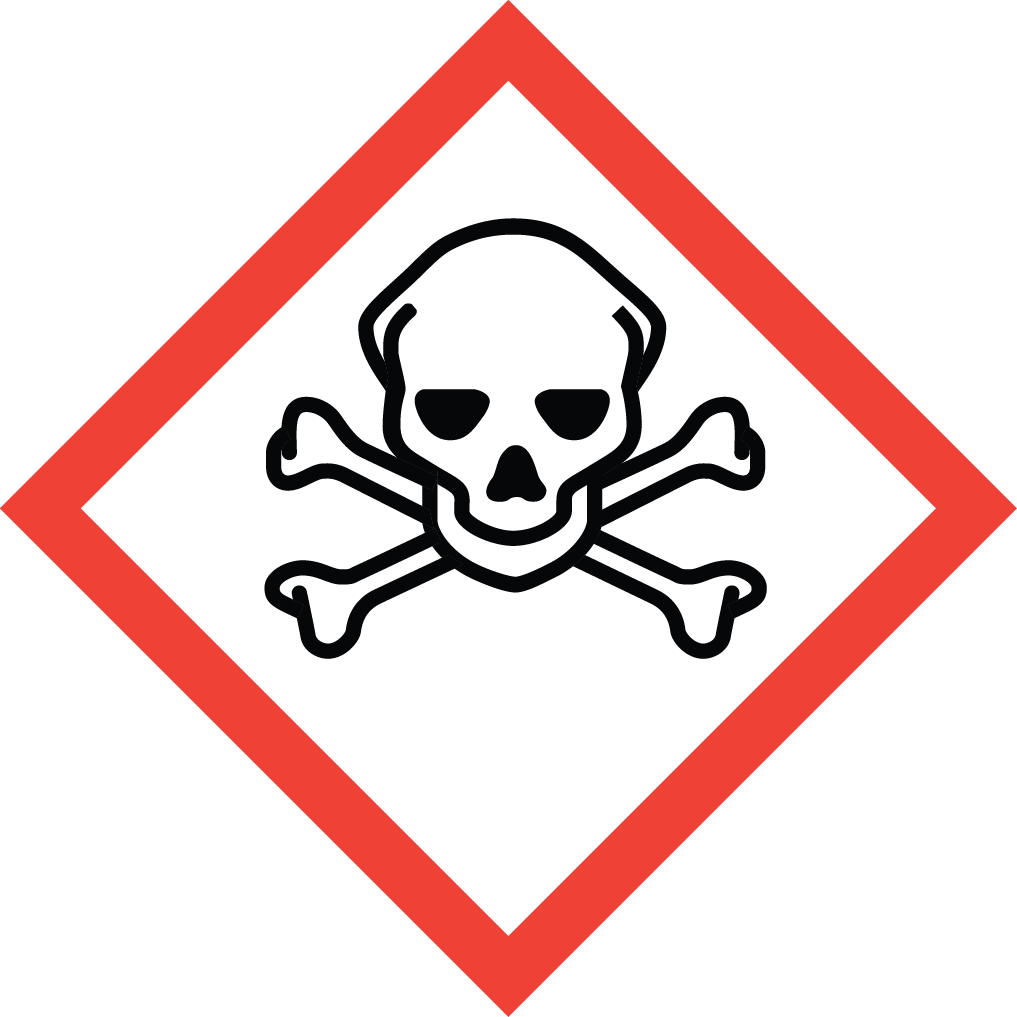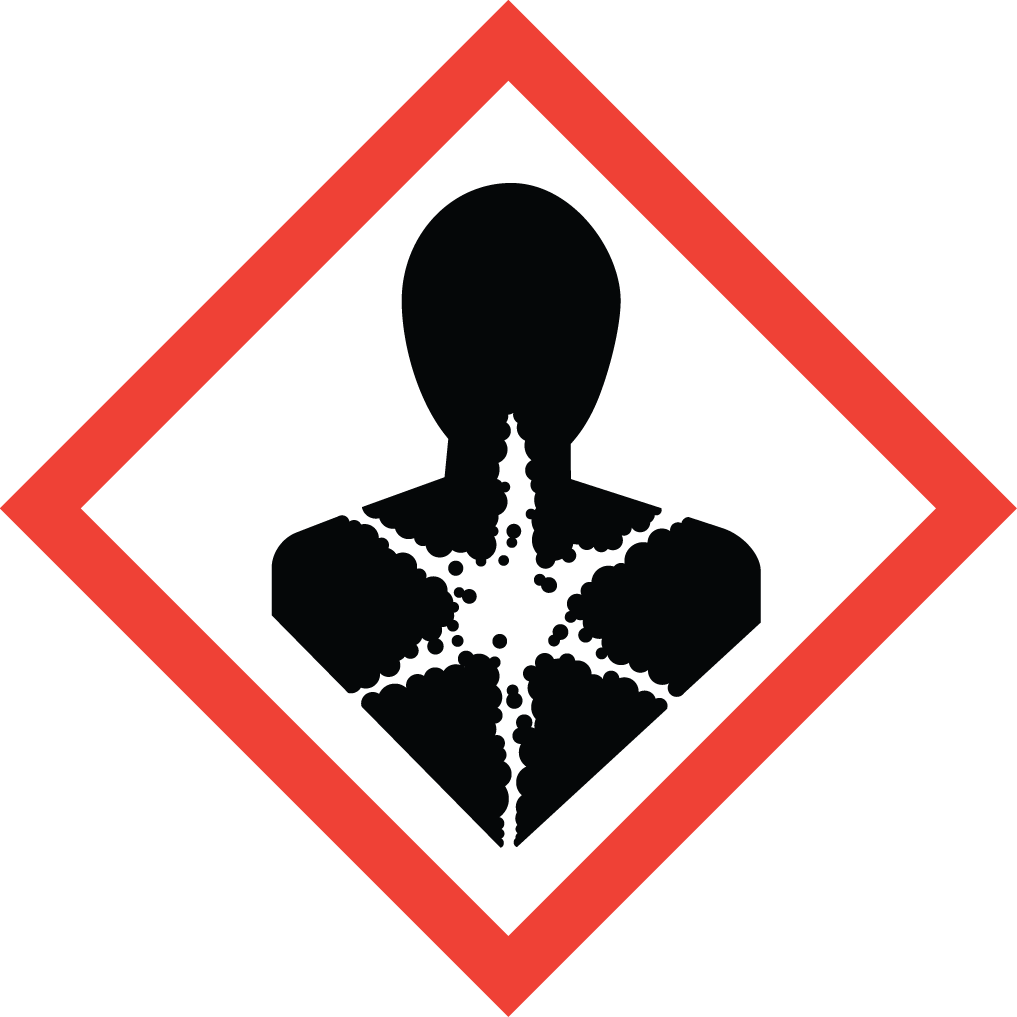High-Purity Potassium Hydroxide from Aure Chemical – Your Trusted Source
Aure Chemical is a premier global supplier of high-quality Potassium Hydroxide ($KOH$), universally known as Caustic Potash or Lye. Identified by its CAS number 1310-58-3, this inorganic compound is a highly versatile and indispensable strong alkali. It typically comes in solid forms like flakes, pellets, or granular, or as a clear, colorless aqueous solution. Potassium Hydroxide is a cornerstone in countless industrial processes due to its powerful basicity, excellent solubility, and reactivity. It is extensively used in the manufacturing of liquid soaps and detergents, fertilizer production, alkaline batteries, and various chemical synthesis and industrial cleaning applications. Aure Chemical's unwavering commitment to excellence ensures that our Potassium Hydroxide meets the stringent purity and performance requirements for your most demanding industrial applications, guaranteeing consistency, safety, and reliability.
Basic Information of Potassium Hydroxide
Potassium Hydroxide (CAS No. 1310-58-3) is meticulously produced and rigorously tested to meet stringent quality standards. We ensure exceptional purity and consistent performance, essential for your critical applications:
| CAS No.: | 1310-58-3 |
|---|
| EC No.: | 215-181-3 |
|---|
| Linear Formula: | KOH |
|---|
| Molecular Weight: | 56.11 |
|---|
| Appearance: | White, odorless solid (flakes, pellets, granules) |
|---|
| Melting Point: | 361 °C (lit.) |
|---|
| Boiling Point: | 1320°C |
|---|
| Density: | 1.450 g/mL at 20 °C |
|---|
| Solubility: | Extremely soluble in water (more so than NaOH), releasing significant heat. Also soluble in ethanol and methanol. |
|---|
| Hygroscopic & Deliquescent: | Readily absorbs moisture and carbon dioxide from the air. |
|---|
| Corrosivity: | Highly corrosive to skin, eyes, and certain metals. Requires extreme care in handling. |
|---|
| RIDADR: | UN 1813 8/PG 2 |
|---|
| Chemical Structure: |  |
|---|
Our commitment to delivering high-purity Potassium Hydroxide ensures a reliable and efficient component for your critical processes, offering consistent quality for diverse industrial needs.
Primary Applications of Potassium Hydroxide
Potassium Hydroxide's powerful basicity, high solubility, and versatility make it a fundamental chemical with extensive applications across various industries:
Soap and Detergent Manufacturing:
It is the primary alkali used in the saponification process to produce liquid soaps and soft soaps, as well as various liquid detergents and cleaning formulations. It creates more soluble and milder soaps compared to sodium hydroxide.
Fertilizer Production:
KOH is a key raw material for producing potassium-based fertilizers (e.g., potassium carbonate, potassium phosphates). These fertilizers are essential sources of potassium, a vital nutrient for plant growth, particularly for chloride-sensitive crops.
Alkaline Batteries:
It is used as an electrolyte in alkaline batteries (e.g., nickel-cadmium, nickel-metal hydride, and some alkaline primary cells) due to its high conductivity and stability.
Chemical Manufacturing:
A primary reactant and pH regulator in the synthesis of a wide range of organic and inorganic potassium compounds, including potassium salts, dyes, and other specialty chemicals. It is used for acid neutralization and catalysis.
Industrial Cleaning and Degreasing:
Potassium Hydroxide is a powerful cleaning agent used in industrial degreasing, pipe cleaning, and oven cleaners. Its ability to saponify fats makes it effective in removing stubborn organic residues.
Pharmaceutical Industry:
Used in the synthesis of certain pharmaceutical intermediates and in some medical preparations. (Pharmaceutical-grade KOH must be used).
Food Industry:
Employed in food processing for thickening, pH regulation, and as a component in certain food additives. (Food-grade KOH must be used for these applications).
Why Choose Aure Chemical for Your Potassium Hydroxide Supply?
Aure Chemical is dedicated to providing superior chemical solutions and unparalleled customer support. By partnering with us for your Potassium Hydroxide requirements, you benefit from:
Exceptional Purity & Consistent Quality: Our Potassium Hydroxide is manufactured to stringent purity specifications, crucial for ensuring optimal performance and efficiency in your diverse industrial processes, from liquid soap production to fertilizer manufacturing.
Reliable Global Supply Chain: We maintain a robust and efficient supply network, guaranteeing timely and secure delivery of this essential alkali in various forms (solid or solution) to your facilities worldwide, adhering to all strict safety and regulatory standards for corrosive materials.
Expert Technical Support: Our team of experienced chemists and specialists is readily available to offer comprehensive guidance on product application, safe handling procedures, and optimal storage conditions for Potassium Hydroxide, emphasizing extreme safety protocols due to its highly corrosive nature.
Commitment to Quality & Safety: We adhere to the highest industry standards for quality management, safety, and environmental responsibility across all our operations, ensuring peace of mind for our clients and the safe handling of hazardous materials.
Choose Aure Chemical for a trustworthy and dependable supply of high-quality Potassium Hydroxide. We're ready to support your most demanding and innovative industrial processes.
Hazards Classification
GHS Classification: Corrosive (GHS05), Acute Toxicity (GHS06), Health Hazard (GHS08)
Hazard Statements: Causes severe skin burns and eye damage; harmful if swallowed; may cause respiratory irritation.
UN Number: UN 1813
Hazard Class: 8 (Corrosive Substances)
Packing Group: II
 GHS05: Corrosive
GHS05: Corrosive GHS06: Acute toxicity
GHS06: Acute toxicity GHS08: Health hazard
GHS08: Health hazard
